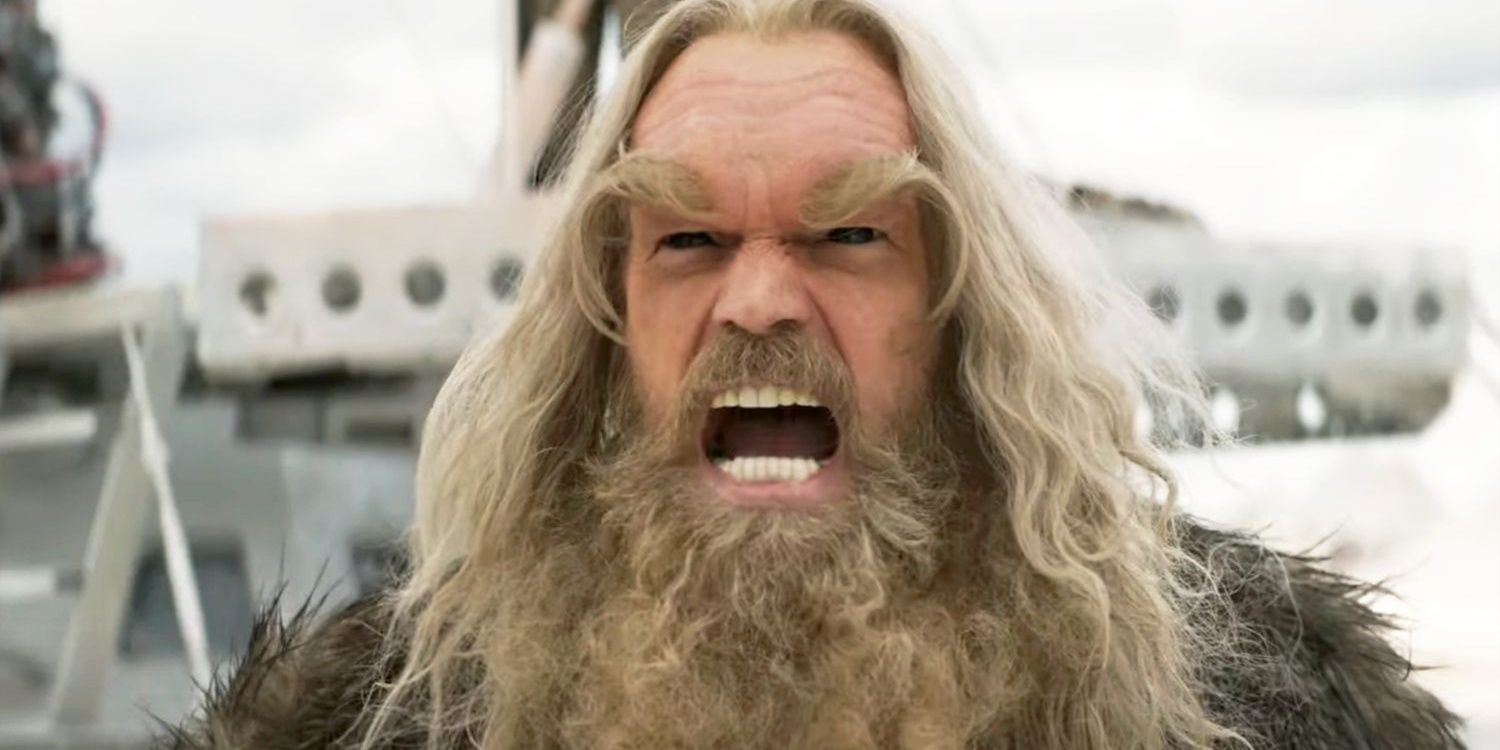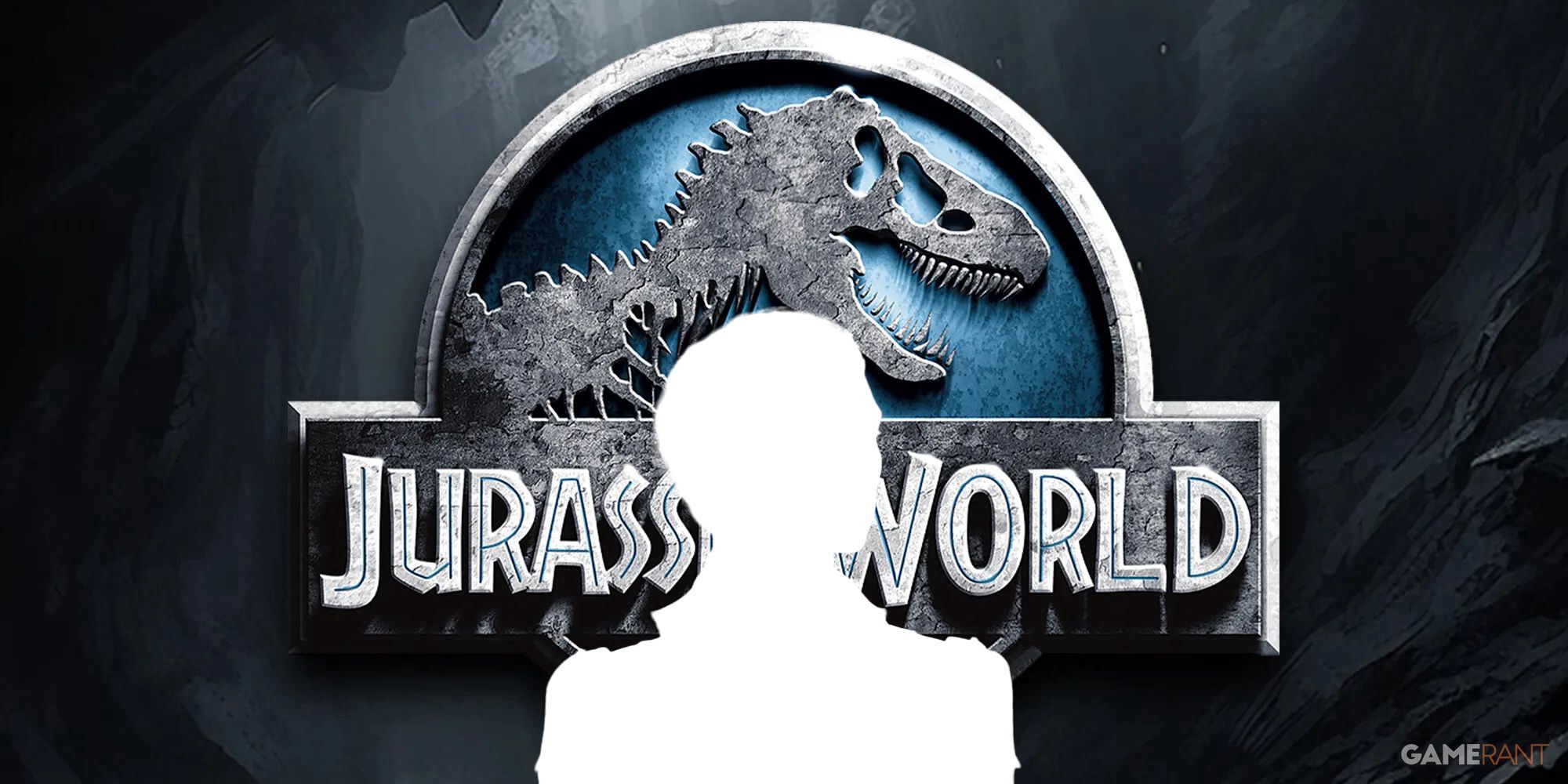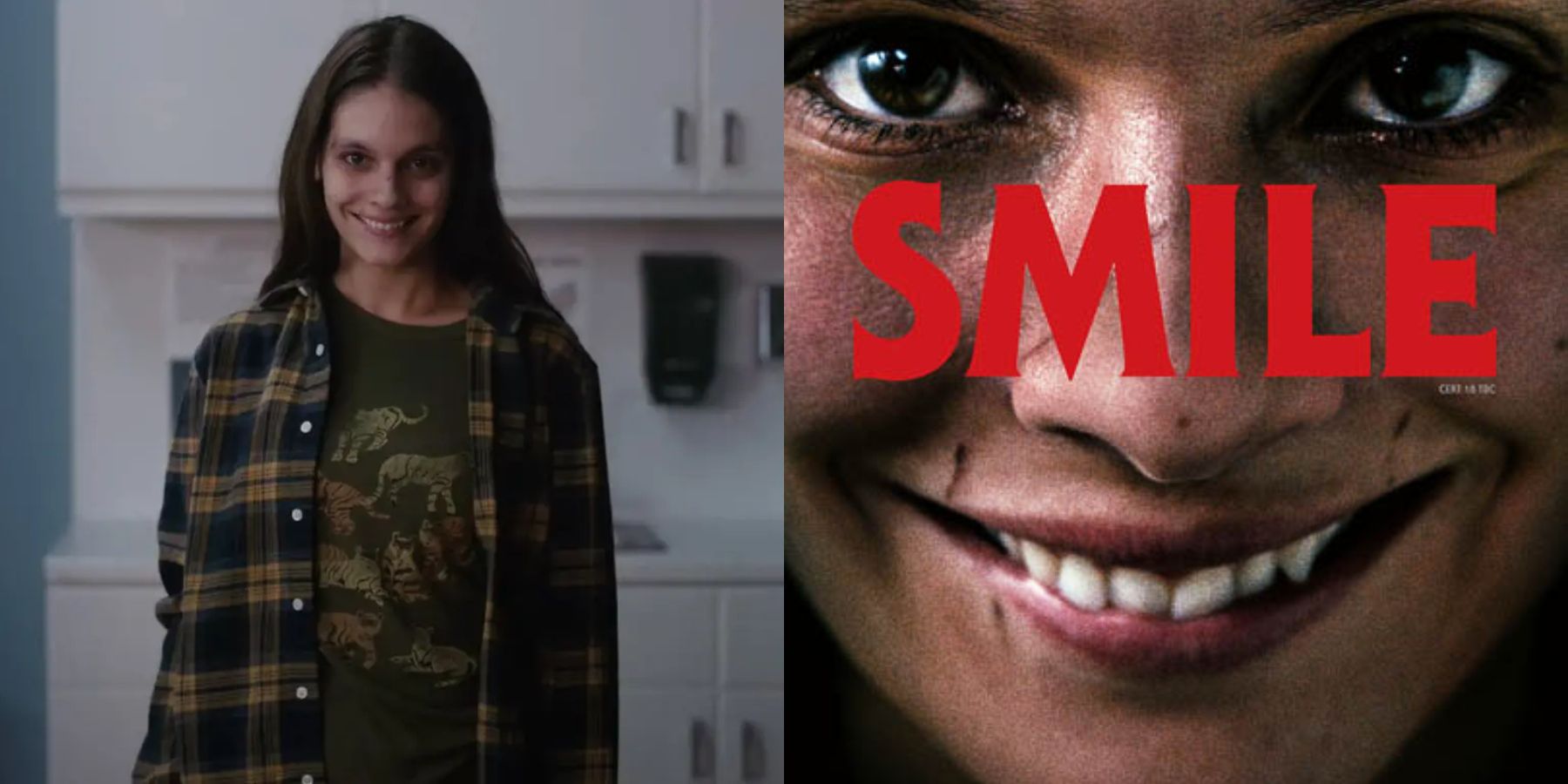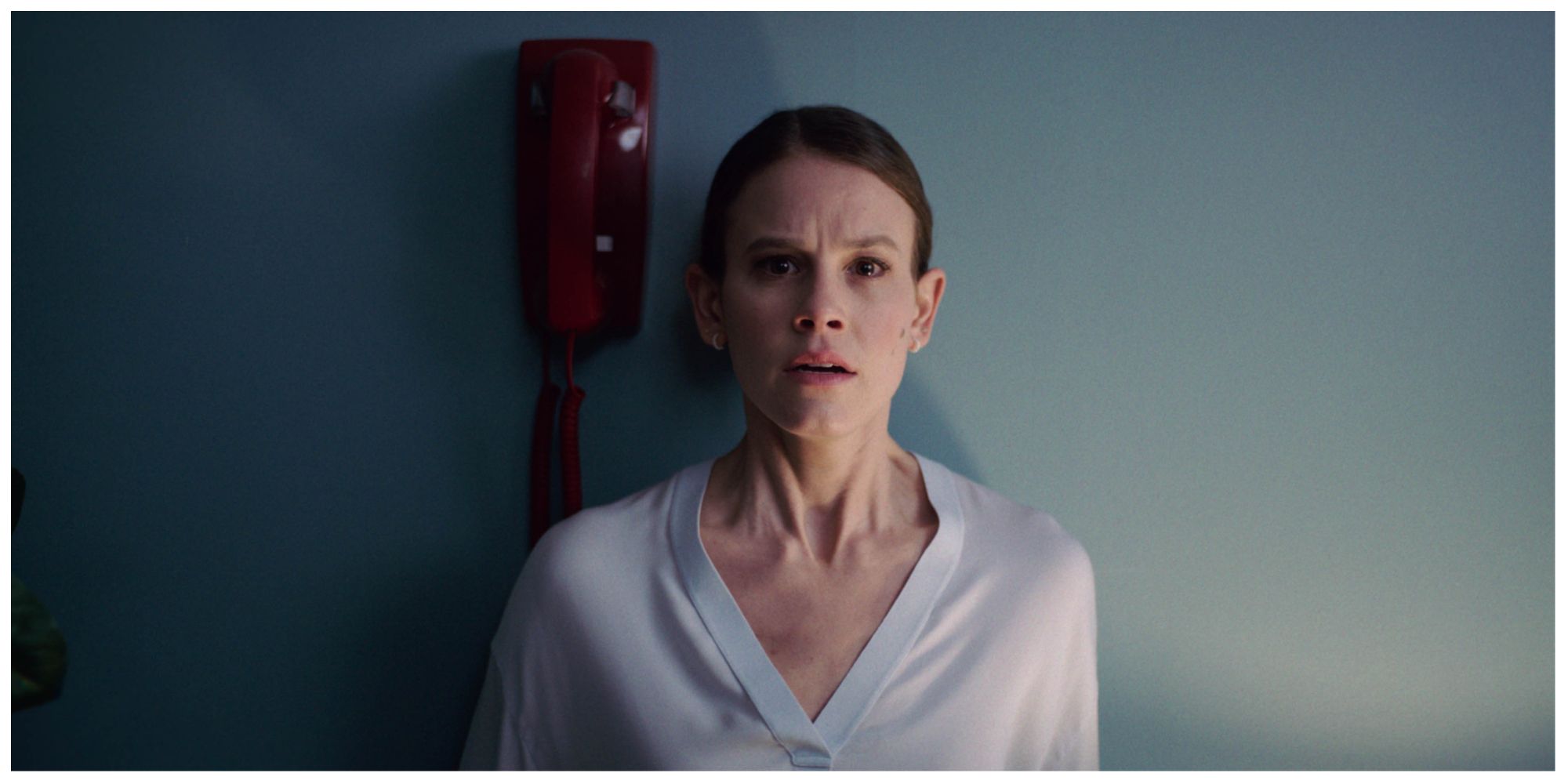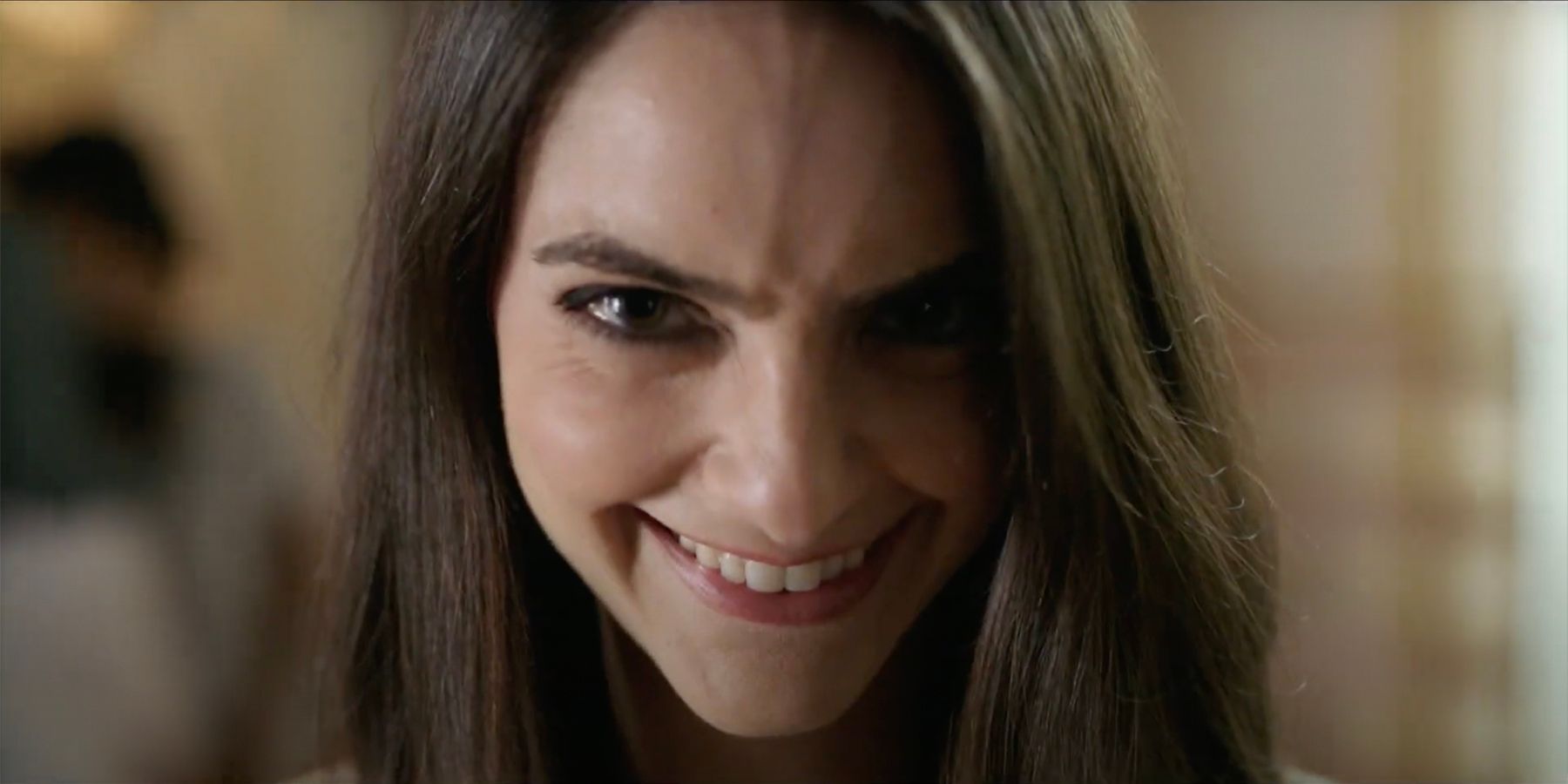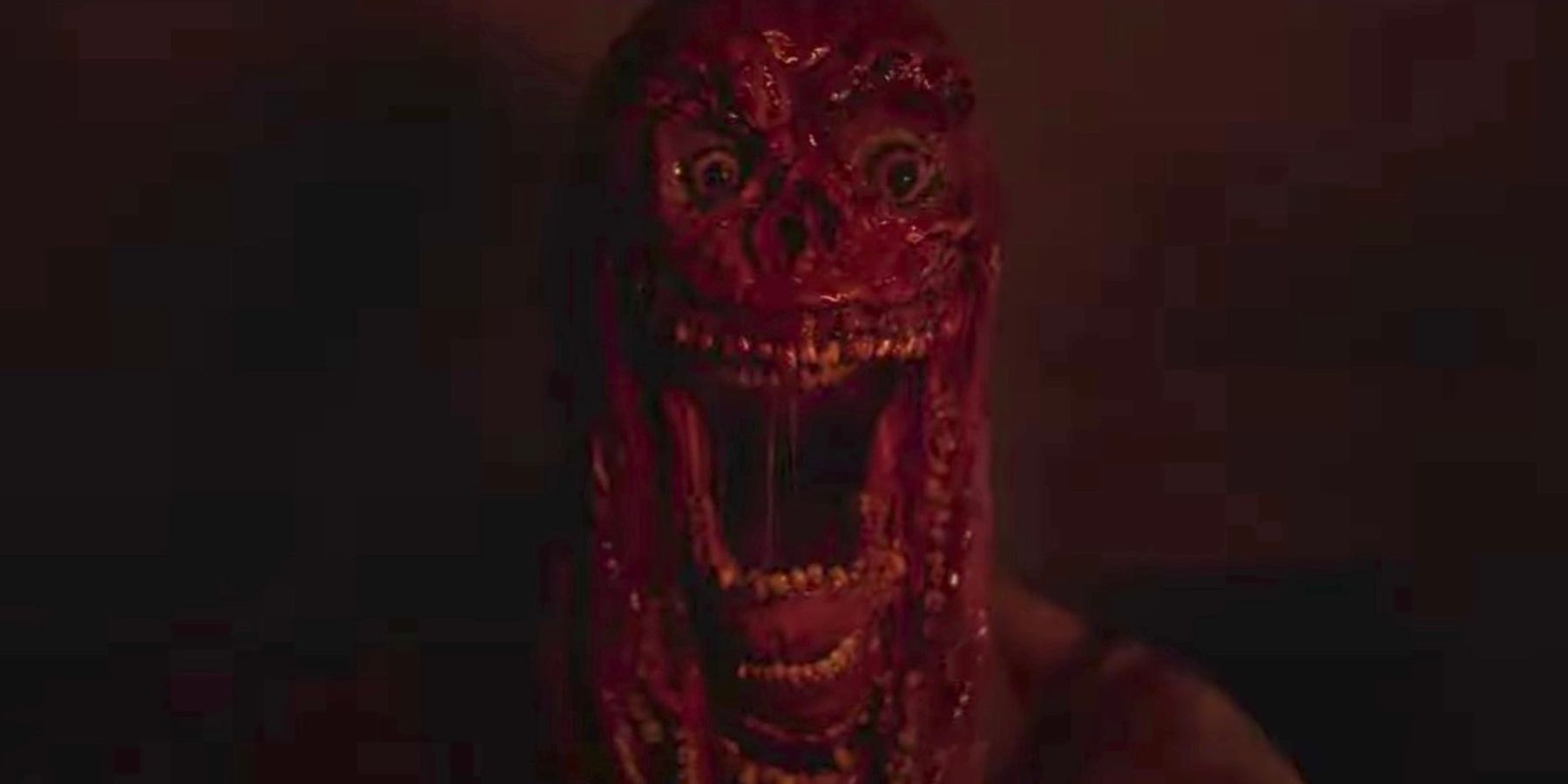Trauma from overcoming obstacles in life can either make us stronger as people or drag us into the depths of hell, where we will be unable to leave its icy embrace. Most of the time, when one is going through these intense internal emotional conflicts, one hides it with a smile. The recent horror release Smile takes this compelling premise to new levels. While It Follows and Smile take the same approach as their characters pass on the demon from one person to the next, Smile truly embraces its originality and unabated tension in its pacing and sense of closed-in anxiety when it comes to suicidal ideation.
It Follows made the loss of innocence and sex look ruthless and nightmarish, constantly chasing you and looking for its next victim to claim and own. Smile takes it a step further, where the killer is quiet, menacing, and calculated and takes its form in something that should be comforting to others on the outside: a smile.
Smile embraces its honest approach by painting its characters as problematic. Dealing with mental health is most often seen in this light. From a fictional standpoint, many characters that are dealing with mental health problems are often looked at as monsters because people do not bother to understand them. When people cannot identify with something they don't understand, it creates a monster that only that person can see. Smiletakes this premise to another innovative yet logical place, creating a demon that only the individual can see—an accurate depiction of an intimate and reclusive encounter when dealing with such an experience. This is introduced when the protagonist, Dr. Rose Cotter, experiences a post-traumatic breakdown after seeing her patient commit suicide in front of her.
But there is something deeper going on here. While on the surface, viewers can see something is wrong with her patient, there is a concerted effort made in this scene to show that her patient Laura keeps seeing the demon in the room with them. While Laura (Caitlin Stasey) continues to describe what is happening to her after she witnessed the suicide of her college professor, Dr. Rose Cotter (Sosie Bacon) keeps trying to psychoanalyze it. The main problem here is that Laura is not asking for a psychiatric evaluation; rather, she is asking for someone to genuinely care about what is happening to her. This is Cotter's job, and while she means well, it is also a problem. When Rose Cotter contracts the illness after Laura commits suicide in front of her, she becomes her own patient and constantly examines herself. When she shares her struggle with others, she is dismissed, shunned, and emotionally misled into thinking it is all in her head, just like she did with Laura. It's a vicious cycle, representing the realistic interpretation of when someone battles with mental illness.
Her trauma is explored further through the inner recesses of regret. While her occupation as a psychologist allows her to help others and attempt to let go of the past, interestingly, the past is one thing she can't let go of. The Cotter family home represents the past, where all of her painful memories began, and where she witnessed her mother's death from a drug overdose. After witnessing Laura's suicide, she decides to investigate others who have gone through the same ordeal. When her research shows that this is affecting others, she decides to travel to find them with an old flame, Joel (Kyle Gallner). Their investigation leads them to a man who has survived the trial of suicides, prison mate Robert Talley (Rob Morgan). He reveals that he was successful in passing on the curse to a random person. She feels there is no other option, as she believes that by killing herself in secret, she will put an end to the curse.
This then returns to the Cotter family home, where Rose and her sister Holly (Gillian Zinser) lived with their mother, who struggled with drug addiction. Her sister would choose to live a very different life, abandoning her past, while Rose's life would turn out quite the opposite. In this film, it's clear from their exchanges that Rose and her sister Holly have very different perspectives on how they deal with their trauma. While her sister chooses to move on and avoid bringing up their mother, Rose clings to it. Unable to move on from these events, she had to witness her mother's final moments while her sister did not.
The vacant family house becomes symbolic in the film's final moments for a variety of reasons. From the very beginning, Rose's life begins to prepare the viewer for this moment. She becomes a psychiatrist to help others because, in turn, no one was truly there for her when she was younger. While her psychiatric treatments can help others, the film makes it clear that self-diagnosis can't cure the pain and trauma she is experiencing deep within herself. She searches for answers, but those answers provide no solace for a vacant house that she doesn't have the heart to part with, yet it still causes her great pain. The setting is a pressure cooker of unresolved suffering, but more importantly, since she never processed and healed from her mother's death, the demon has been eating her alive and controlling her as a result. Rose sets herself on fire and transfers the curse to Joel, the only person who believed her, in the shocking climax that follows. As he watches the events take place in front of him, Joel is rendered speechless.
Smile represents different points of trauma at various points throughout the film. While Rose initially appears to be a confident and capable woman, the demon quickly makes her realize that there is a lot buried deep beneath the surface that she has not properly addressed, only conveniently pushed down to control her perception of reality. Whereas she used to have all the answers, she now finds that knowledge can't provide the solutions she needs. Throughout the film, Rose tries to regain control. Her internal battle with the demon shows this constant need to control the narrative and show herself and others that she is normal. The more she tries to convince others, the more she realizes she is alone, as people have already begun to doubt and turn against her.
Her innermost fears come to a head when she has to deal with her isolation and abandonment issues caused years ago by her mother alone. While unresolved trauma is deeply rooted throughout, family dynamics run strong as well. When the Smile demon appears, it is massive, representing both Rose's mom and the repressed trauma she now has to face, which ultimately leads to her demise.
The grim reality that surrounds Rose's deep sadness and repressed pain is how people treat her throughout the film. From her therapist to her sister, everyone seems to dismiss her pain as she starts to come apart at the seams. The conversation she has with her therapist, Dr. Madeline Northcott (Robin Weigert), just before revealing that she is the demon is one of the creepiest scenes. A person she has found comfort in and has trusted has betrayed her. This film hits the nail on the head to illustrate that hell can take many forms, even the people one surrounds themselves with.
Smile is not just an attempt at "elevated horror." It addresses issues that many often say are not important and displays them in a way to show that sometimes the worst fears one experiences are not topical, but the real traumas we experience internally go unnoticed.


